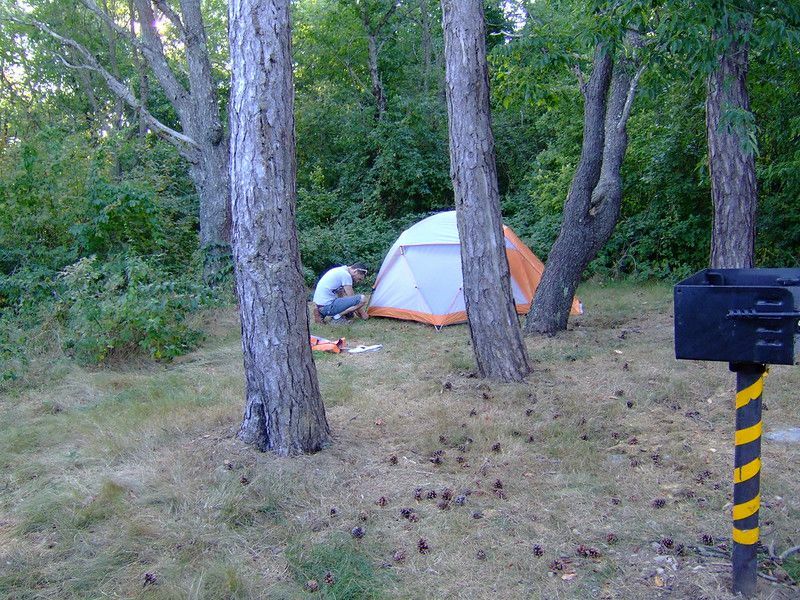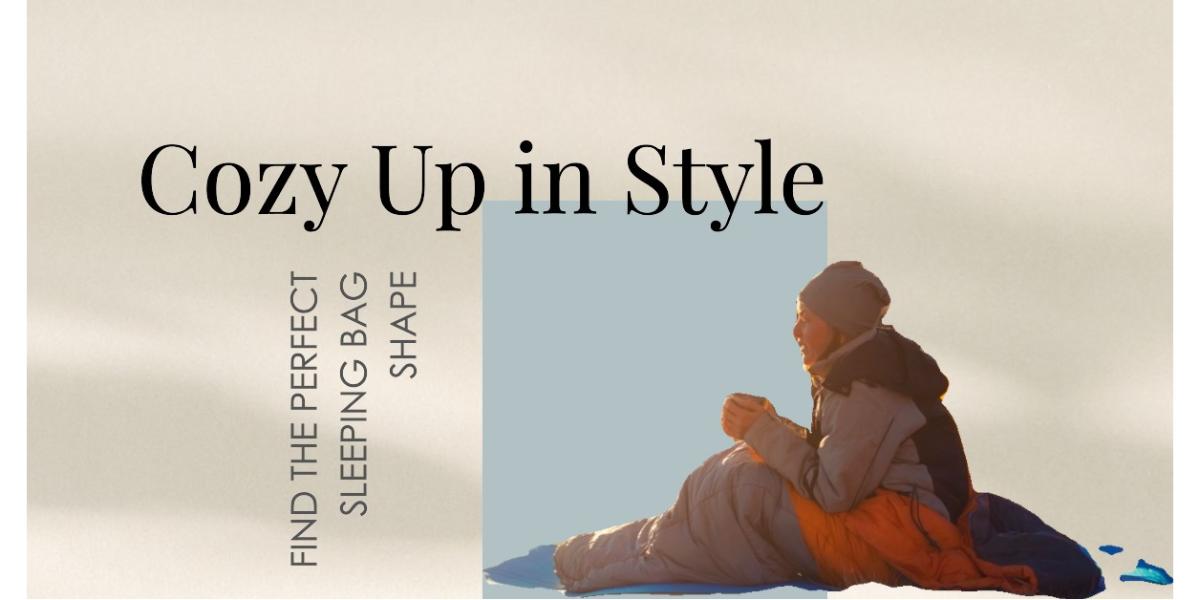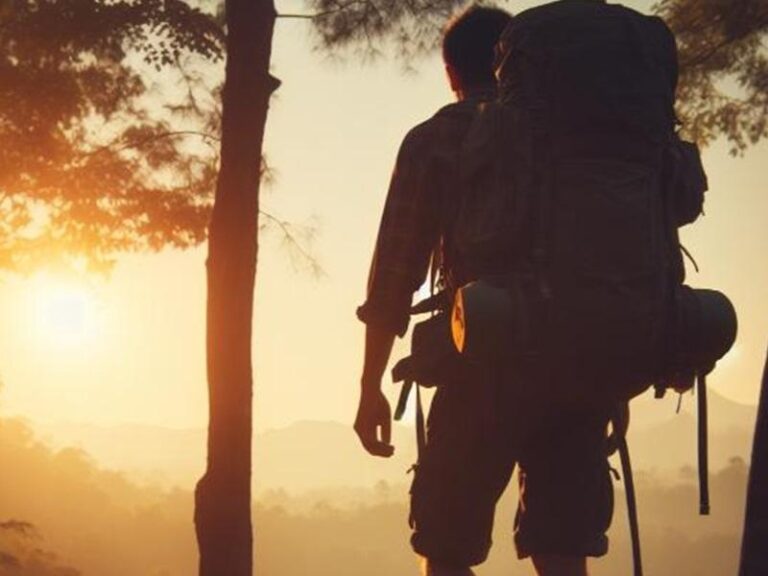How To Set Up A Tent For Beginners
This step-by-step tutorial will show you how to properly set up a tent for the first time. We’ll go through everything from picking the ideal campsite to properly pitching the tent. Whether you’re a first-time camper or a seasoned veteran, we’ll have everything you need to get started.


Read more: Things You Need For Camping
1. How To Choose The Right Site For Your Tent
When setting up a tent, it is important to choose the right site. The ground should be level and free of rocks and sticks. There should also be enough space to pitch the tent and store tent gear. The campsite should be in a secluded area, away from other campers. Wind direction and potential wildlife should also be considered.
Read more: Camping in Minnesota State Parks
2. Check The Weather Conditions
Before you set up your tent, it’s important to check the weather conditions. Make sure the wind speed isn’t too strong, as it could damage your tent. Also, check for rain. A sudden downpour can quickly turn a campsite into a muddy mess, and if your tent isn’t waterproof, you’ll get wet. Finally, check the temperature. A cold night can be uncomfortable, and in extreme cases, dangerous.
Read more: First Aid Kits
3. Layout The Tent Base
When setting up your tent, it is important to first lay down a tent base, also known as a footprint. This is a piece of durable material, usually sold with the tent or separately, that goes underneath the tent and helps protect the ground from wear and tear caused by the bottom of your tent.
Without a tent base, your tent will likely suffer from holes and rips much more quicker. A tent base also makes it easier to pitch the tent on uneven terrain. Most tents come with their own footprints these days, but if you’re using an older model or if yours didn’t come with one, you can buy one online or at your local sporting goods store.
4. Spread The Tent Canopy
Now that you have your footprint laid out, it’s time to put up the tent fabric. Most tents have two layers of fabric: the canopy, which is the main layer you’ll sleep in, and the fly, which goes over the top and protects the tent from rain and wind.
To set up the canopy, rest it on top of the footprint. Then, take the fly and either place it somewhere safe for later or put it back in your tent carry bag if you don’t think it will rain.
5. Assemble The Tent Poles
Assemble the tent poles according to the instructions that come with your tent. This is usually done by connecting them together and then inserting them into sleeves on the fabric. Be sure to read the instructions carefully, as there can be slight variations in how to put the tent poles together.
6. Peg Down The Corners Of The Footprint
When setting up your tent, be sure to peg down the corners of the footprint. This will help keep the fabric in place and prevent it from blowing away in windy conditions. Most footprints come with their own stakes, but if you’re using an older model or if yours didn’t come with any, you can buy them online or at your local sporting goods store
7. Pitch The Tent
When pitching your tent, be sure to insert the poles into the sleeves on the fabric. You can then use the stakes to secure them in place. Be careful to pitch your tent in an area that’s free of rocks and sticks, as they could damage the fabric or pole.
8. Add The Rain Fly And Stake It Down
Adding a rainfly to your tent is a great way to keep yourself and your gear dry in case of rain. To properly set up a rainfly, start by staking down the corners of the fabric to keep it in place. You can use metal grommets in the corners to attach the rain fly to the canopy, or you can use small rocks or sticks to hold it down. Either way, make sure the rain fly is securely in place before moving on.
9. Secure The Tent With Guy Lines
In order to properly set up a tent, it is important to secure the tent with guy lines. Guy lines are ropes that help keep the tent stable in windy conditions. If your tent does not come with guy lines, you can buy them online or at your local sporting goods store.
To attach the guy lines, you should stake them at the corners of the footprint and then stretch them out taut. This will help keep the tent from blowing away in windy conditions
Tip: How To Set Up A Tent
Practiced at Home
If you are a first-time camper or an experienced one, you should always test new camping gear at home before taking it on the trail. To make sure that everything is working properly, have your tent set up in your backyard for practice.
Final Thoughts
Thank you for taking the time to read this guide on how to set up a tent when camping. We hope that it was helpful and that you are now able to set up your tent with ease. If you have any questions or comments, please feel free to reach out to us.
Now get out there and have an adventure!
What Are The Main Things You Need For Camping


Camping is one of the most enjoyable pastimes available. Who wouldn’t want to go away from the city, pitch a tent beneath the stars, and prepare a delectable supper over an open fire? Camping, whether at campsites, mountains, or on the river, is something I believe everyone should do at least once in their lives.…
Best Sleeping Pads for Backpacking and Camping


When preparing for a backpacking or camping adventure, choosing the right sleeping pads is essential for rest. The sleeping pad provides insulation from the cold ground and provides cushioning and comfort. This guide covers how to select the best sleeping pads for backpacking and camping based on different activities. Choosing the Right Sleeping Pad Choose…
Sleeping Bags Shape


A Comprehensive Guide to Choosing the Right Sleeping Bag Shape for Your Needs: Mummy vs. Oval vs. Rectangular vs. Semi-Rectangular vs. Square When planning your next camping trip, one of the most important decisions you’ll make is choosing the right sleeping bag. With so many different shapes and styles to choose from, it can be…
The Best Backpacking Sleeping Bags Under $100 in 2024


Camping out under the stars is one of life’s great simple pleasures. As the day’s tension fades with the setting sun, you settle into the cozy sanctuary of your sleeping bag, comforted by its warmth. However, not all sleeping bags are created equal when it comes to providing both comfort and portability on the trail. …









